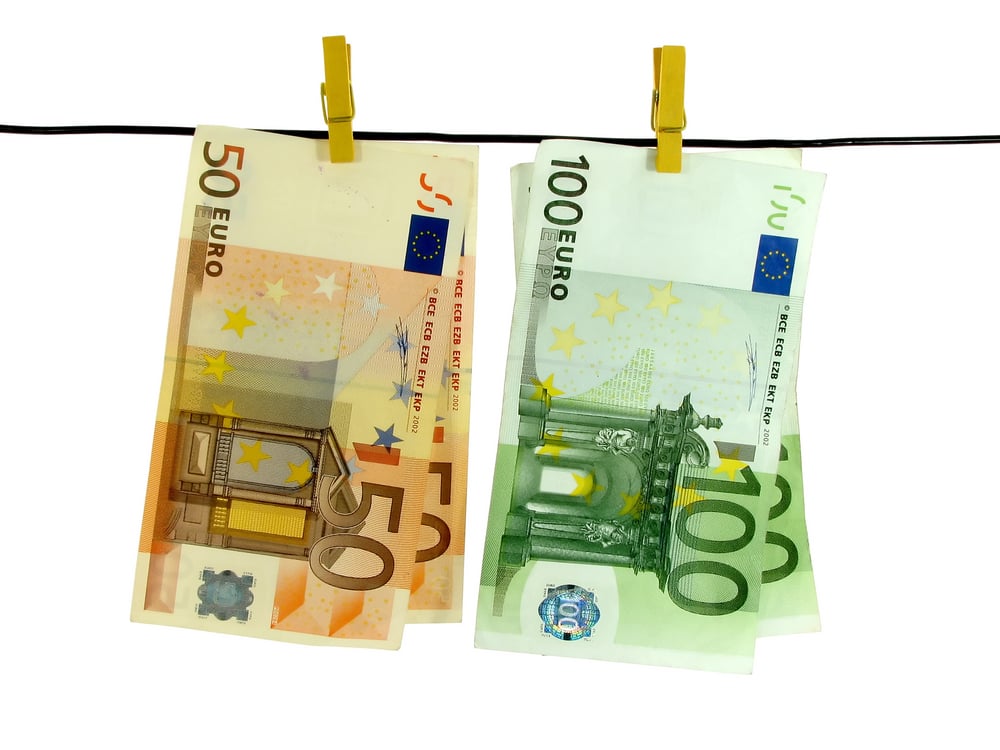3 minutes

Editorial Invest in Slovakia

Diversification is the best known management technique of investment risk, which consists of placing funds in different types of investments. Dividing the capital to be invested into several smaller portions protects the investor from the risk of a single unprofitable asset purchase. V today's article, we'll talk about what portfolio diversification can look like from practical terms.
Let's start by defining the different types of investments. Indeed, in today's world, every investor, even smaller ones, has a multitude of asset types in which to invest. Among The most well-known types of investments include securities such as stocks and bonds, as well as real estate, whether in the form of a direct purchase or in the form of crowdfunding in various real estate investment projects, and also commodities such as goldwhich is benefiting from the current situation with the COVID-19 disease pandemic and whose prices are at record highs these days.
For better idea, let us choose a financial market offering shares of companies. An investor who does not diversify his invests the entire amount of capital to be invested in the purchase of a single share company, which he has long believed in and logically expects to see an increase in the value of the shares of that company. Some investors speculate, in addition to the increase in value of the investment, the payment of quarterly dividends, which for some companies can be as high as 5-10%.
However, this approach has two fundamental risks. The first risk is the risk of poor timing of the purchase of the investment. No one in the world, as has been confirmed many times, indeed not even Warren Buffett, can time the market, that is, predict its development for the next period. Thus, with a one-off investment of, say, EUR 10 000, an investor buys a certain number of shares at a certain price, say EUR 50 per share. However, if he divides his purchases into 4 purchases of 2500 euros each, he would then buy once at 50 euros per share, later at 43 euros, 47 euros and the last purchase at 52 euros. In this case, the investor would have averaged the purchase price and thus bought cheaper overall.
The second risk of this approach is dependence on the success of a single company. Companies that can go bankrupt. A company that may be in a sector that will be hit by a crisis, as we are currently seeing, for example, in airlines, cruise lines and also in the automotive sector.
Diversification of the investment portfolio is the solutionwhich should include several shares of different companies, ideally also from different sectors. To diversify your investment portfolio even further, you can focus on buying stocks from different countries. Naturally diversified are, for example, index funds, which are themselves made up of several dozen company shares.
The basic premise of investing is the selection of assets to be we believe have the greatest profit potential. Success in investing, however also depends on something else - time. Time is a powerful variable in investingwhich often really has more power than the quality of the investment itself, or the ideal timing of the entry into the investment. And thus reason why this is so is a phenomenon called compound interest.
Therefore, rather than waiting for an opportune moment to buy an asset, it is recommended act immediately if it makes even the slightest sense, for example when the market is naturally in a correction, i.e. at a lower price. Market corrections, at least small ones, happen really often, so you don't have to worry about waiting, say, half a year for the next correction. If you put off buying an asset, you may (and may not) buy it at a better price than a year ago, but in that time the investment may have already earned you a profit.
And that is why it pays to buy investments really on an ongoing basis and also in a sufficiently diversified mix. If you prefer mixed diversification, include in your portfolio, in addition to your primary investment type as well as other types. Excellent choices are Bonds, which are generally considered one of the safest forms of investments, and which can protect at least a portion of your invested capital from any negative developments that may occur.
What investments do you prefer? Let us know. We look forward to seeing you again in the next article from the world of investments, money and business.
*Did you find an error? Email us at [email protected]




